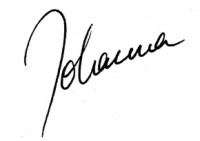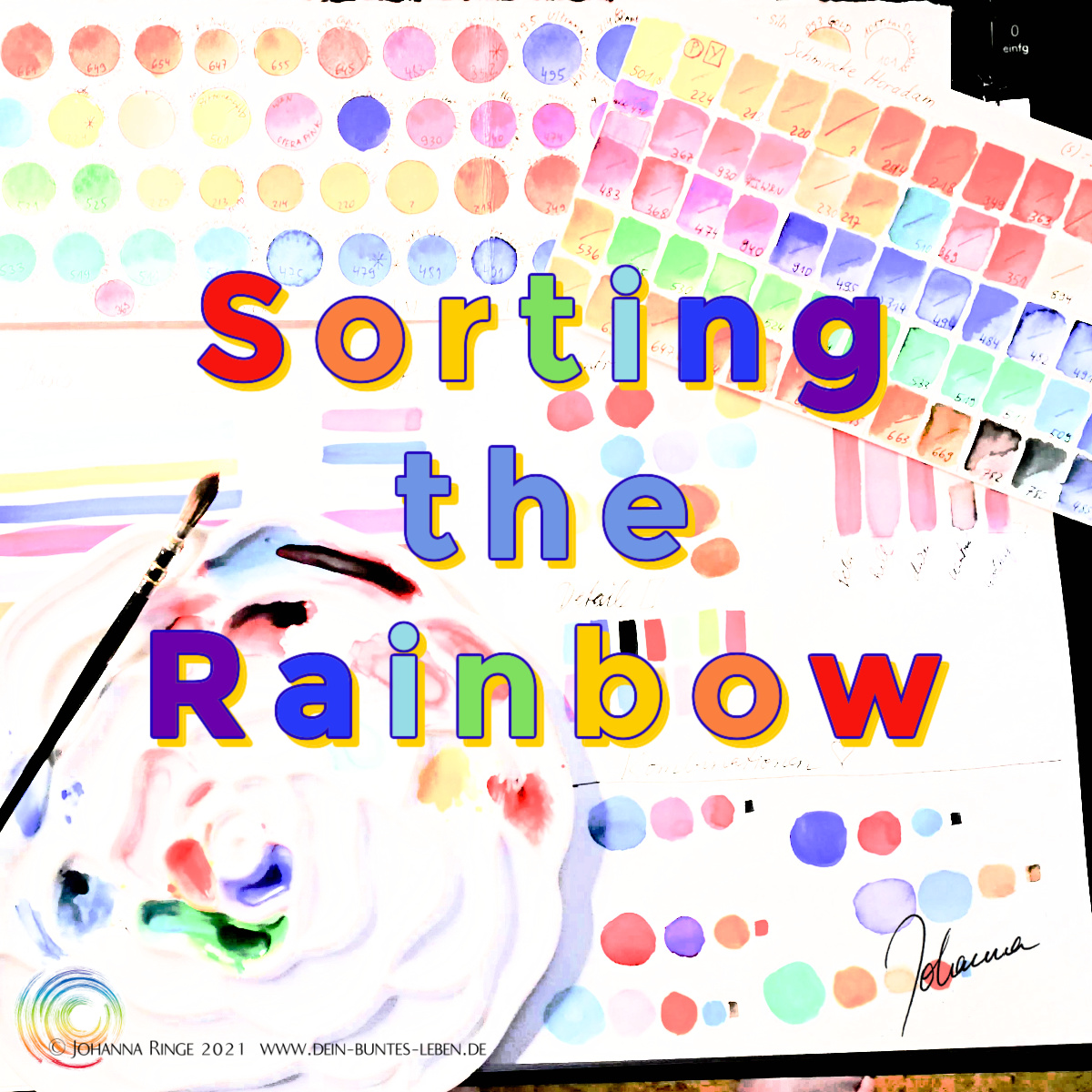Sorting the rainbow is a popular (and important) thing among toddlers. Even in primary school children still are encouraged to do so. As an adult however, it might be frowned upon. I could not care less: sorting my acrylics, my fabrics, my yarns, and my coloured pencils is one of the most soothing actions I ever experienced.
Is there a connection between high IQ and a yearning for orderly beauty?
I am not the only gifted person enjoying a good colour table or a rainbowy display of things. I am not the only one who enjoys arranging and rearranging their art supplies. The Australian artist Jane Davenport coined the term “rainbowitis” for the specific obsession with colourful art supplies. Highly gifted children tend to need more order in their surroundings then their mates. Some of them need to sort the food on the plate by colour or texture. Some of them need to arrange their plushie toys in a specific way each and every evening before they can sleep.
So, yes, a more or less obsessive love for order seems to be a common trait.
Realising that the highly gifted are also prone to high sensibility makes the joy of colour sorting even more logical. Most people enjoy what they perceive as beautiful, but HSPs really can feast on beauty and colour – they draw energy from it. That explains their love for gardening, flowers, organized clothes and colourful kitchens…
So if your child must stay in bed for health reasons and enjoys hours of pleasure in sorting the pencils, drawing rainbows, trying all the colours out and devising their own colour table they are really helping their healing.
Sorting the rainbow has a soothing effect on a busy brain.
As we all know there is no strong line to draw between highly gifted people and the autism spectrum. So, we might be prone to OCD as well as repetitive tasks or movements to soothe ourselves. There is no harm in that. When you find yourself exhausted, worn out by health problems, by stress of any kind, grab the coloured pencils or the brush and take a deep dive into colour theory. It might just be what the doctor ordered.
From sorting to playing to making art…
You might as well try drawing stick man or faces in the blobs of colour you put on the paper. Have fun! Play with watercolours running into each other, re-enacting the story of little blue and little yellow* or rekindling your forgotten love for volcanoes. You might even go from trying to achieve the perfect colour wheel to painting a chariot with coloured wheels, who knows?
Sometimes restoring order in a tiny place enables your mind to relax.
And a relaxed mind can be creative. While doodling on the paper with your busy hands your brain might go into idle mode. If you are like me, you always have a stack of unfinished thoughts or unsolved riddles hidden in your brain, and this might be the time for you to solve them. There is no use in forcing oneself to focus on certain things while in front of your eyes colours make love, but there is no telling what might happen in the back of your brain. You might even come up with poetry.
I wish you happy sorting and playing,
heartfelt, wherever you are,

*Little blue and little yellow, an important children`s book, the first by Leo Lionni, 1959
P.S.: What do YOU like to sort? Your Books? Your clothes? Your pots and pans? Let us know below!


Sorting the rainbow is a popular (and important) thing among toddlers. Even in primary school children still are encouraged to do so. As an adult however, it might be frowned upon. I could not care less: sorting my acrylics, my fabrics, my yarns, and my coloured pencils is one of the most soothing actions I ever experienced.
Is there a connection between high IQ and a yearning for orderly beauty?
I am not the only gifted person enjoying a good colour table or a rainbowy display of things. I am not the only one who enjoys arranging and rearranging their art supplies. The Australian artist Jane Davenport coined the term “rainbowitis” for the specific obsession with colourful art supplies. Highly gifted children tend to need more order in their surroundings then their mates. Some of them need to sort the food on the plate by colour or texture. Some of them need to arrange their plushie toys in a specific way each and every evening before they can sleep.
So, yes, a more or less obsessive love for order seems to be a common trait.
Realising that the highly gifted are also prone to high sensibility makes the joy of colour sorting even more logical. Most people enjoy what they perceive as beautiful, but HSPs really can feast on beauty and colour – they draw energy from it. That explains their love for gardening, flowers, organized clothes and colourful kitchens…
So if your child must stay in bed for health reasons and enjoys hours of pleasure in sorting the pencils, drawing rainbows, trying all the colours out and devising their own colour table they are really helping their healing.
Sorting the rainbow has a soothing effect on a busy brain.
As we all know there is no strong line to draw between highly gifted people and the autism spectrum. So, we might be prone to OCD as well as repetitive tasks or movements to soothe ourselves. There is no harm in that. When you find yourself exhausted, worn out by health problems, by stress of any kind, grab the coloured pencils or the brush and take a deep dive into colour theory. It might just be what the doctor ordered.
From sorting to playing to making art…
You might as well try drawing stick man or faces in the blobs of colour you put on the paper. Have fun! Play with watercolours running into each other, re-enacting the story of little blue and little yellow* or rekindling your forgotten love for volcanoes. You might even go from trying to achieve the perfect colour wheel to painting a chariot with coloured wheels, who knows?
Sometimes restoring order in a tiny place enables your mind to relax.
And a relaxed mind can be creative. While doodling on the paper with your busy hands your brain might go into idle mode. If you are like me, you always have a stack of unfinished thoughts or unsolved riddles hidden in your brain, and this might be the time for you to solve them. There is no use in forcing oneself to focus on certain things while in front of your eyes colours make love, but there is no telling what might happen in the back of your brain. You might even come up with poetry.
I wish you happy sorting and playing,
heartfelt, wherever you are,
*Little blue and little yellow, an important children`s book, the first by Leo Lionni, 1959
P.S.: What do YOU like to sort? Your Books? Your clothes? Your pots and pans? Let us know below!